Personality and Temperament
Sometimes referred to as a long-haired Manx cat, the Cymric (pronounced kim-rick) has a reputation for being friendly, affectionate, and highly intelligent.
While the Cymric cat is tailless as a result of a spontaneous genetic mutation, some individuals do exhibit very short tails. Completely tailless Cymric cats are nicknamed rumpys. Those with up to three tail vertebrae at the end of the spine are called rumpy risers, and those with more vertebrae that form a short, movable tail are called longys.
Besides their intriguing appearance, Cymric cats bring delightful personalities to their families homes. They have a reputation for being both playful and gentle, and they make excellent companions for people of all ages.


Care
Nutrition
Grooming
Exercise
Health
Cymric cats have no special nutritional needs. We recommend offering a high-quality diet to support good health and longevity.
Cymric cats have thick, luxurious coats that require daily care. Without regular brushing and combing, these kitties have a tendency to develop knots and mats.
Introduce your kitten to the concept of grooming early in life, and teach them to accept other routines including toothbrushing and toenail trimming. This way, grooming becomes a bonding experience rather than a point of contention.
These kitties are agile and athletic. They love to run, and they appreciate interactive toys as well as battery-operated toys that they can chase and pounce on. Cymric cats are notorious climbers too; make sure to provide a tall cat tree if you plan to bring a Cymric kitten into your home!
The Cymric cat sometimes gives birth to kittens with spinal disorders including spina bifida, which can bring neurological defects with it. Kittens with spinal problems are normally identified by the breeder before six months of age and may be humanely euthanized if they have difficulty with essential bodily functions including urinating and defecating.
If you are choosing a Cymric kitten, avoid those with unusually stiff gaits as well as those with a tendency to hop rather than walk or run. These motions can signify spinal defects. Reputable Cymric cat breeders offer written health guarantees.
History
While we know that tailless cats like the Cymric get their unique appearance because of a genetic mutation, there are quite a few old stories that attempt to explain why Cymric cats have no tails.
One suggests that the cats were late boarding Noah's Ark and after barely making it aboard, had their tails severed when they were slammed in the door. Another suggests that mother cats begin biting the tails off kittens to prevent Viking and Celtic raiders from stealing them as good luck charms.
The truth is that the genetic mutation that causes Manx and Cymric cats to be tailless has been cemented into their DNA over the course of centuries. After all, both breeds originated on the Isle of Man and have been there for hundreds of years.
As they were so unusual, tailless cats were shown at the earliest cat shows, which began in the 1800s. The short-haired Manx cat was popularized first, but it wasn't long until people developed a fondness for the long-haired variety as well. Since many of these tailless long- haired cats came from Wales, they were nicknamed after their origin: Cymric translates to English as "having to do with Wales."
The Cat Fancier's Association stands out from other registries, classifying the Cymric cat as a long-haired Manx variety.
The Canadian Cat Association and The International Cat Association recognize the Cymric as a separate breed with its own standard for show.


Eyes
Legs & Paws
Tail
The Breed Standard
Body
Head
Ears
Coat
Color
FAQ
How much does a Cymric cat cost?
Cymric cats cost between $300-$800.
How big do Cymric cats get?
Cymric cats tend to be medium in size. A fully grown Cymric cat might weigh between 8-12 pounds or more and range in height anywhere from about 11"-14" inches tall.
How long do Cymric cats live?
The Average lifespan for Cymric is 10-15 years.
Do Cymric cats shed?
Cymric are long-haired cats, so you do have to expect a certain amount of shedding from this breed, but they don't shed as much as other cat breeds.




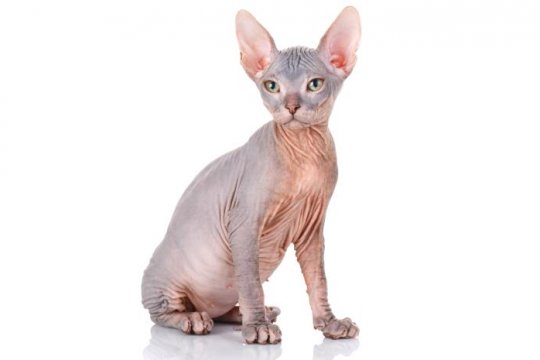

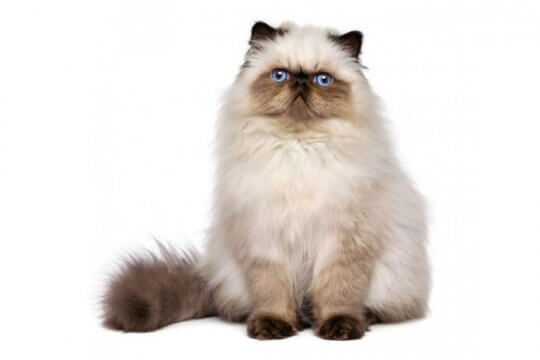

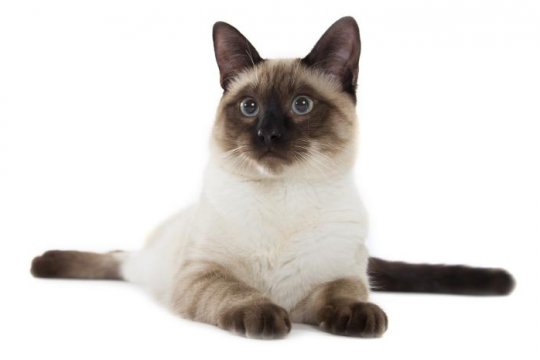
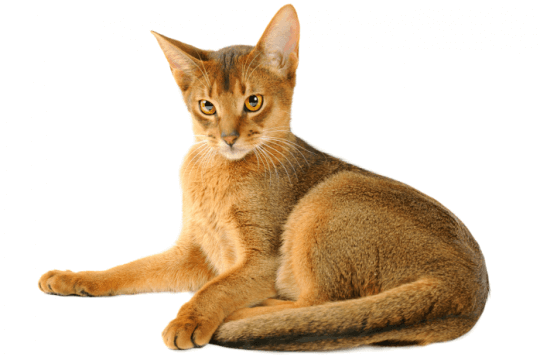





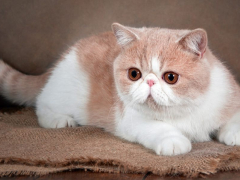







I have one and as you say he is very smart, he is long hair very fluffy britches loves to be brushed. Color is grey with white throat
tips of his front paws and white back paws.